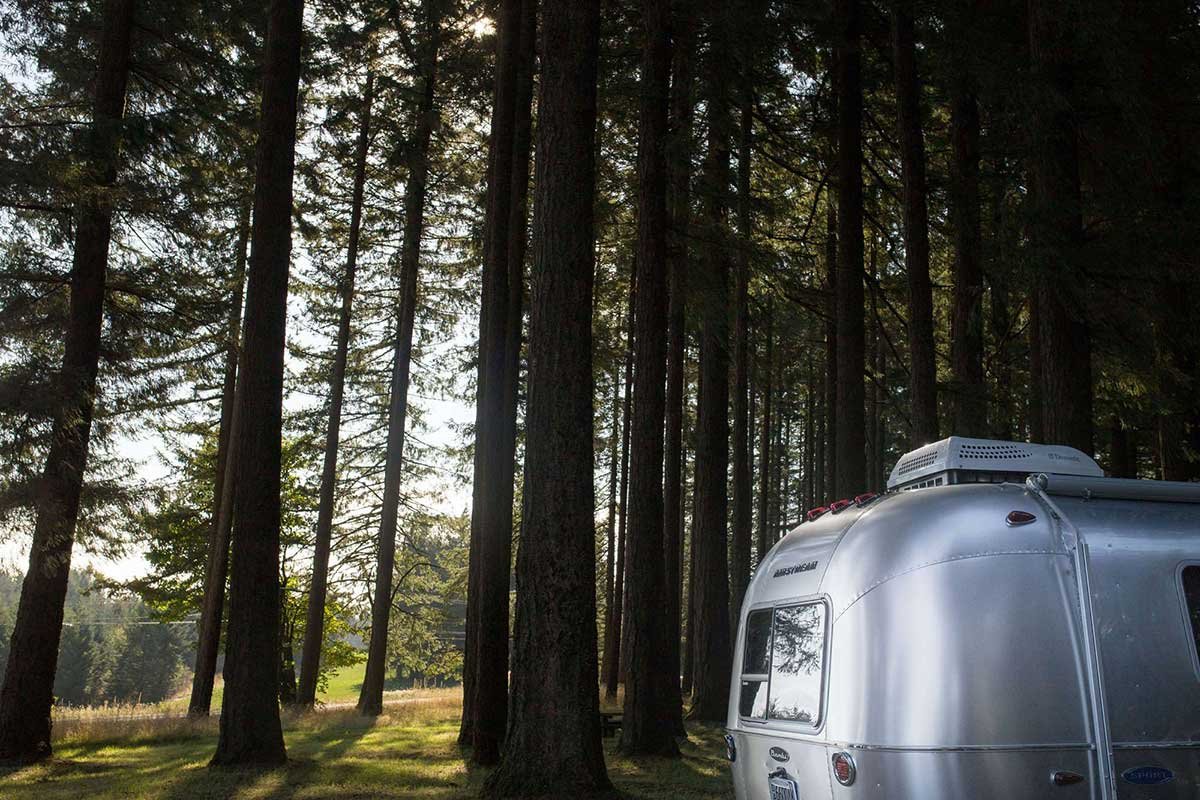
Starlink Internet for RVers
Enhance your RV experience with as much connectivity as you can get. Here is what we use to make sure we can use our apps, maps and stream entertainment.
We Use Starlink Mini for our Airstream Adventures
With the Starlink Mini over the standard, you eliminate the extra router, that uses A/C power. The mini is one unit with the router inside the dish, about the size of a laptop. The ability to use DC power gives me almost unlimited ways to power our Starlink, no matter what conditions. Get your Starlink and enjoy a free month of service.
Why Starlink is the Way to Go.
When we are out in our Airstream, we want every comfort of home, including watching television, working on our laptops, or just simply reading about what is going on in the world. While our phones have some connectivity, even able to cast TV or movies to our Apple TV, we want the freedom of high bandwidth internet no matter where we are. This is where Starlink comes into the picture.
Powering Your Starlink Mini: AC and DC Options
The Starlink Mini is designed for flexible power options, making it ideal for both on-grid and off-grid use. Below, we outline how to power it using AC or DC sources, including specific setups with USB-C and alligator clips to house batteries, along with voltage requirements for the components.
AC Power
Setup: Use the included AC wall adapter and 15m (49.2 ft) DC power cable with a 5.5mm x 2.1mm barrel connector to plug into a standard 110-AC outlet. This is the simplest option when your RV has shore power, or your battery bank using your inverter.
Efficiency: AC power is convenient but less efficient due to the conversion from AC to DC, resulting in approximately 20% power loss compared to direct DC power. If you are using this method using your inverter and batteries, you will see a significant drop in power due to the inverter powering itself as well.
Use Case: Ideal for stationary setups or campgrounds with AC power access.
DC Power via USB-C
Setup: Use a portable power bank with USB C (Here is what we use). The Mini requires a minimum of 100W (20V/5A) for optimal performance and will not work with USB-C PD ratings below 65W (12-48V).
Components and Voltage Requirements:
USB-C PD Power Bank: Choose a power bank like the Anker Prime (100W, 20V/5A) to ensure stable power delivery. For example, a 28,000mAh (approx. 100Wh) power bank can run the Mini for 3-4 hours at 25-30W average consumption.
USB-C to Barrel Jack Cable: Must support 100W (20V/5A) and form an IP67-rated connection with the Mini’s 5.5mm x 2.1mm barrel port. The cable’s USB-C end should not be exposed to outdoor conditions.
Efficiency: USB-C PD is highly efficient, avoiding AC-to-DC conversion losses, making it ideal for portable power banks or car chargers.
Use Case: Perfect for camping or remote work where a compact power source is needed.
DC Power via Alligator Clips to House Batteries
Setup: Connect the Starlink Mini directly to a 12V house battery (e.g., LiFePO4 or lead-acid) using a custom cable with alligator clips on one end and a 5.5mm x 2.1mm barrel connector on the other. A 15ft cable with 16-18 AWG wire is recommended to minimize voltage drop.
Components and Voltage Requirements:
House Battery: Must supply 12-48V DC, with a minimum of 60W (up to 100W for peak performance). A 12V LiFePO4 battery with at least 100Ah (1200Wh) can power the Mini for 30-40 hours at 25-30W.
Alligator Clip Cable: Use a 15ft, 16-18 AWG cable with a 5.5mm x 2.1mm barrel connector (IP67-rated for outdoor use). Ensure proper polarity (red to positive, black to negative) and include a 10-15A fuse for safety.
Optional DC-DC Converter: If using a battery outside the 12-48V range (e.g., a 51.2V battery), a DC-DC converter stepping down to 36V or 48V is recommended to avoid overvoltage (the Mini’s TVS diode clamps at 66-73V, but exceeding 48V is not advised).
Efficiency: Direct DC power is the most efficient, eliminating conversion losses. A 10-15ft cable minimizes voltage drop, but longer runs (e.g., 50ft) require thicker 10 AWG wire to maintain stability.
Use Case: Ideal for off-grid setups, RVs, or boats with house batteries, especially when paired with solar panels for continuous charging.
Power-Saving Tips
Disable Snowmelt Mode: Turn off the snowmelt feature in the Starlink app to reduce power consumption by up to 50% (especially in warm climates).
Use Sleep Mode: Schedule sleep mode in the Starlink app to lower power draw to ~11W during inactivity.
Short Cable Runs: Keep DC cables under 15ft with 16-18 AWG wire to minimize voltage drop and ensure stable operation.
By choosing the right power setup, you can maximize the Starlink Mini’s efficiency and portability for your specific needs, whether you’re at home, camping, or living off-grid.
Sources: Information compiled from Starlink’s official website and user discussions on power efficiency and setups.

